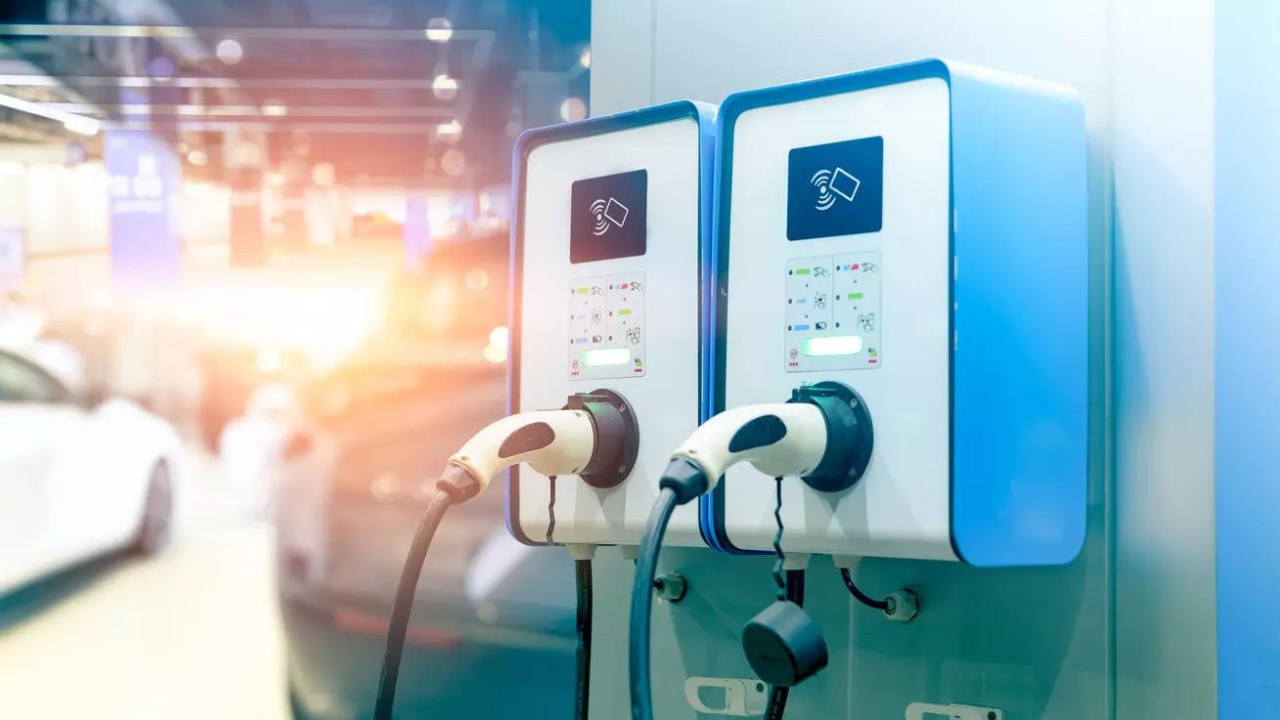Electric car sales in India are expected to rise. CareEdge Advisory projects over 7% sales by FY28. This depends on resolving rare earth element supply issues. New models and charging infrastructure are growing. Government’s PLI scheme supports battery production. Electric car ecosystem has grown rapidly. Policy support and reduced costs will boost EV adoption in India.
The Road Ahead: Are Electric Cars About to Conquer India?
The hum of the internal combustion engine might be slowly fading, replaced by the near-silent whir of electric motors. India’s electric vehicle (EV) market is buzzing with potential, and a new report from CareEdge Ratings suggests we’re on the cusp of a significant shift. Buckle up, because the journey could be electrifying.
The report paints a promising picture: electric car sales could surge to over 7% of the total market by fiscal year 2028. That’s a considerable leap from where we are now, and it signifies a growing acceptance and adoption of EVs across the country. But is this forecast a sure thing, or are there potholes in the road ahead?
Several factors are fueling this optimistic outlook. For starters, the cost of EV ownership is becoming increasingly competitive. As battery technology improves and production scales up, the price gap between EVs and their gasoline-powered counterparts is narrowing. This affordability factor is a major driver for consumers considering the switch. Government policies, including subsidies and incentives for EV purchases and manufacturing, are also playing a crucial role. These initiatives are designed to encourage both consumers and automakers to embrace the electric revolution.

Charging Ahead: Infrastructure and Investment
However, the road to widespread EV adoption isn’t without its challenges. One of the biggest hurdles is the development of a robust and reliable charging infrastructure. Imagine owning an EV but constantly worrying about finding a charging station, especially on long journeys. That’s a major deterrent for many potential buyers. The CareEdge report highlights the critical need for significant investment in charging infrastructure to support the projected growth in EV sales. Public charging stations, home charging solutions, and battery swapping technologies all need to be readily available and accessible.
Currently, the availability of charging stations is unevenly distributed across the country, with most concentrated in urban areas. Expanding the network to rural and semi-urban regions is crucial to ensure that EVs are a viable option for everyone, not just city dwellers. Furthermore, the reliability and speed of charging are also important considerations. Nobody wants to spend hours waiting for their car to charge.
The Rare Earth Element Equation
Another potential roadblock lies in the supply chain for rare earth elements. These materials are essential components of EV batteries and electric motors. A stable and secure supply of rare earth elements is vital for sustaining the growth of the EV industry.
The CareEdge report raises concerns about potential disruptions in the rare earth supply chain, which could impact the production and cost of EVs. Geopolitical factors, environmental regulations, and limited mining capacity can all contribute to supply chain vulnerabilities. Diversifying sourcing, investing in recycling technologies, and exploring alternative battery chemistries that require fewer rare earth elements are all potential strategies to mitigate this risk. Innovation in this area could be a game-changer, offering more sustainable and resilient solutions for the future.
For example, companies like Ola Electric are investing heavily in local battery cell production, aiming to reduce reliance on foreign suppliers. This kind of strategic investment could be a key ingredient in India’s EV success story.
A Sustainable and Powerful Future
The potential for electric car sales to surge in India is undeniable. The combination of falling prices, supportive government policies, and growing environmental awareness is creating a perfect storm for EV adoption. However, overcoming the challenges related to charging infrastructure and rare earth element supply chains is crucial to realizing this potential.
Just as mobile phones have revolutionized communication in India, EVs have the potential to transform transportation, improve air quality, and reduce our reliance on fossil fuels. The journey won’t be without its bumps, but with strategic investments, technological innovation, and a commitment to sustainability, India can accelerate its transition to an electric future.
Learn more about India’s automotive market and the future of mobility [here](internal-link-to-automotive-market-article).
India’s EV revolution is not just about cars; it’s about building a cleaner, more sustainable, and economically vibrant future for the nation. The road ahead may be challenging, but the destination is worth the effort.







